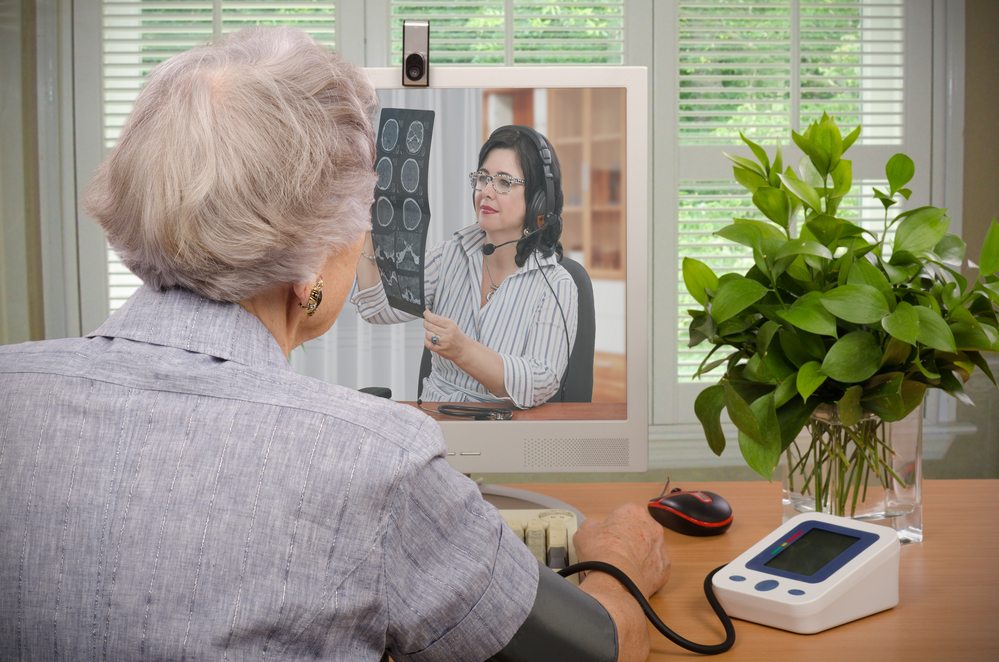Adoption of emerging technology is a primary driver of rising healthcare spending in America. Healthcare providers are investing billions of dollars into 5G, cloud technology, and more. While these investments will bring higher quality care to more patients, the initial cost to adopt them is high. 4 in 5 healthcare providers plan to invest even more in tech and digital solutions over the next 5 years. The main categories are telehealth, digital devices and therapeutics, artificial intelligence, and personalized healthcare.
By 2027, the market for telehealth will reach $397 billion in the US. At first, the popularization of telehealth was driven by the pandemic. Now, 52% of patients report preferring virtual care for routine appointments. Almost every state in the US now requires private insurers to cover telehealth visits.
Also by 2027, the market for digital therapeutics (apps and software offering therapy) will reach $56 billion. However, these apps must be approved by regulators before they are able to replace or complement existing treatment plans. Concerns about data privacy also remain an issue. Meanwhile, wearable sensors were approved back in 2018. By 2028, their global market is expected to reach $5.2 trillion.
Artificial intelligence in healthcare raises alarm bells for some patients, but it may not be what they think. AI-powered solutions are expected to work with human clinicians, not replace them. For example, AI software could be used to spot abnormalities in medical scans and automate waiting systems for patients seeking appointments. Healthcare AI is expected to grow to $67.4 billion by 2027.
Lastly, personalized healthcare (PHC) is an umbrella term for several services. The most well known of these services is genetic testing. Over the years, the cost of testing someone’s DNA has fallen from nearly $1,000 to as low as $60, opening new avenues.










